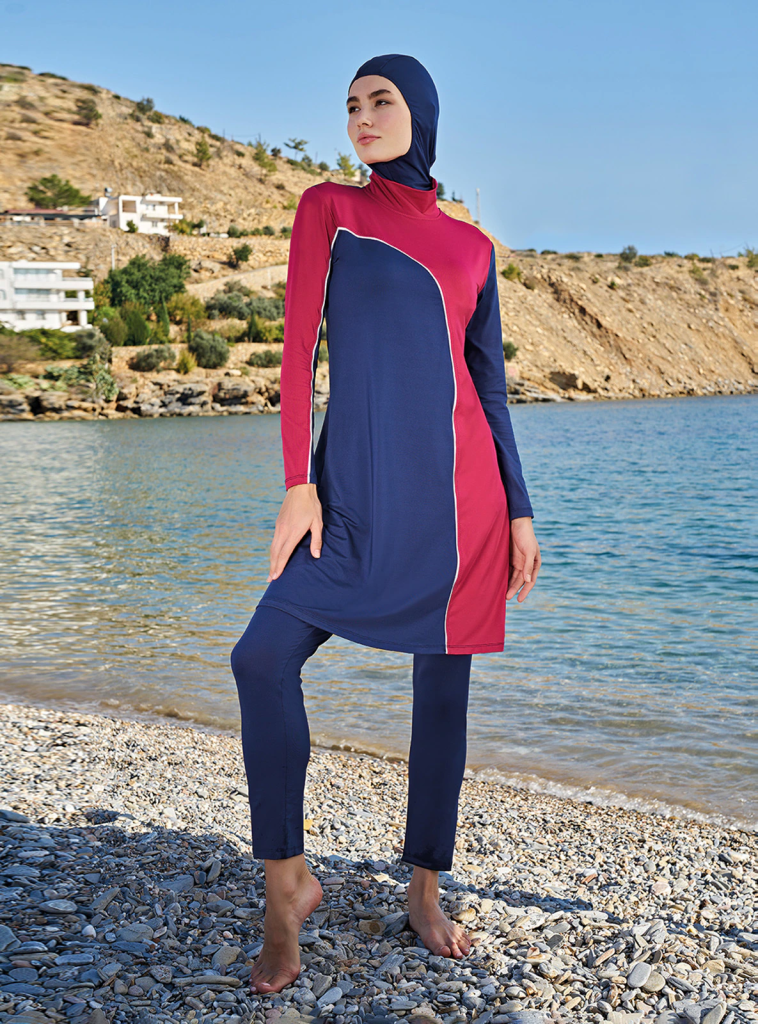
The burkini, a full-body swimsuit designed for Muslim women who want to maintain their modesty while swimming, has become a symbol of resistance and empowerment. The burkini challenges the stereotypes and misconceptions that exist about Muslim women and their bodies. It also promotes inclusivity and diversity by recognizing and respecting different cultural and religious values. In this article, we will explore the politics of visibility surrounding the burkini and how it can help to erase stereotypes.
The politics of visibility
The politics of visibility is a concept that refers to the ways in which people are seen and represented in the media and in society. Visibility is an important aspect of social identity, as it shapes how they see themselves. In the case of Muslim women, visibility is particularly important, as they are often subject to stereotypes and misconceptions based on their religious dress and appearance.
The burkini challenges these stereotypes and misconceptions by promoting visibility and representation of Muslim women in a positive and empowering way. The burkini allows Muslim women to participate in water sports and swimming without feeling exposed or judged. By embracing the burkini, Muslim women are asserting their right to self-expression and autonomy, and challenging the notion that their bodies need to conform to a certain standard.
Erasing stereotypes
The burkini erases stereotypes by challenging the narrow-minded and exclusive standards of beauty. Muslim women are often excluded from mainstream media and advertising, which only reinforces negative stereotypes and misconceptions.
By featuring Muslim women in advertising campaigns and promoting the burkini, we can promote inclusivity and diversity in the fashion industry and beyond. Then we can challenge the notion that Muslim women are oppressed and need to be saved by Western society. Muslim women are capable of making their own choices and decisions, and the burkini is a reflection of their agency and autonomy.
The burkini also challenges the stereotype that Muslim women’s bodies are inherently sexual or threatening. The burkini covers the entire body, including the arms and legs, and emphasizes the modesty and respect that is central to Muslim values.
Promoting inclusivity and diversity
The burkini promotes inclusivity and diversity by recognizing and respecting different cultural and religious values. It allows Muslim women to participate in water sports and swimming, which may be an important part of their culture and religion. Then the burkini allows Muslim women to feel comfortable and confident in their own bodies, without compromising their religious or cultural beliefs.
By promoting the burkini, we can promote a more inclusive and diverse society that recognizes and respects different cultural and religious values. We can challenge the idea that certain standards of beauty and dress are universal, and embrace different body types and cultural identities. We can also promote a more inclusive and diverse media and advertising industry, which reflects the diverse identities and experiences of people around the world.
Conclusion
The burkini is a powerful symbol of resistance and empowerment, challenging stereotypes and promoting inclusivity and diversity. The burkini allows Muslim women to participate in water sports and swimming without compromising their religious or cultural beliefs. Then by promoting the burkini, we can challenge the narrow-minded and exclusive standards of beauty, and embrace different body types and cultural identities. We can also promote a more inclusive and diverse society that recognizes and respects different cultural and religious values.

